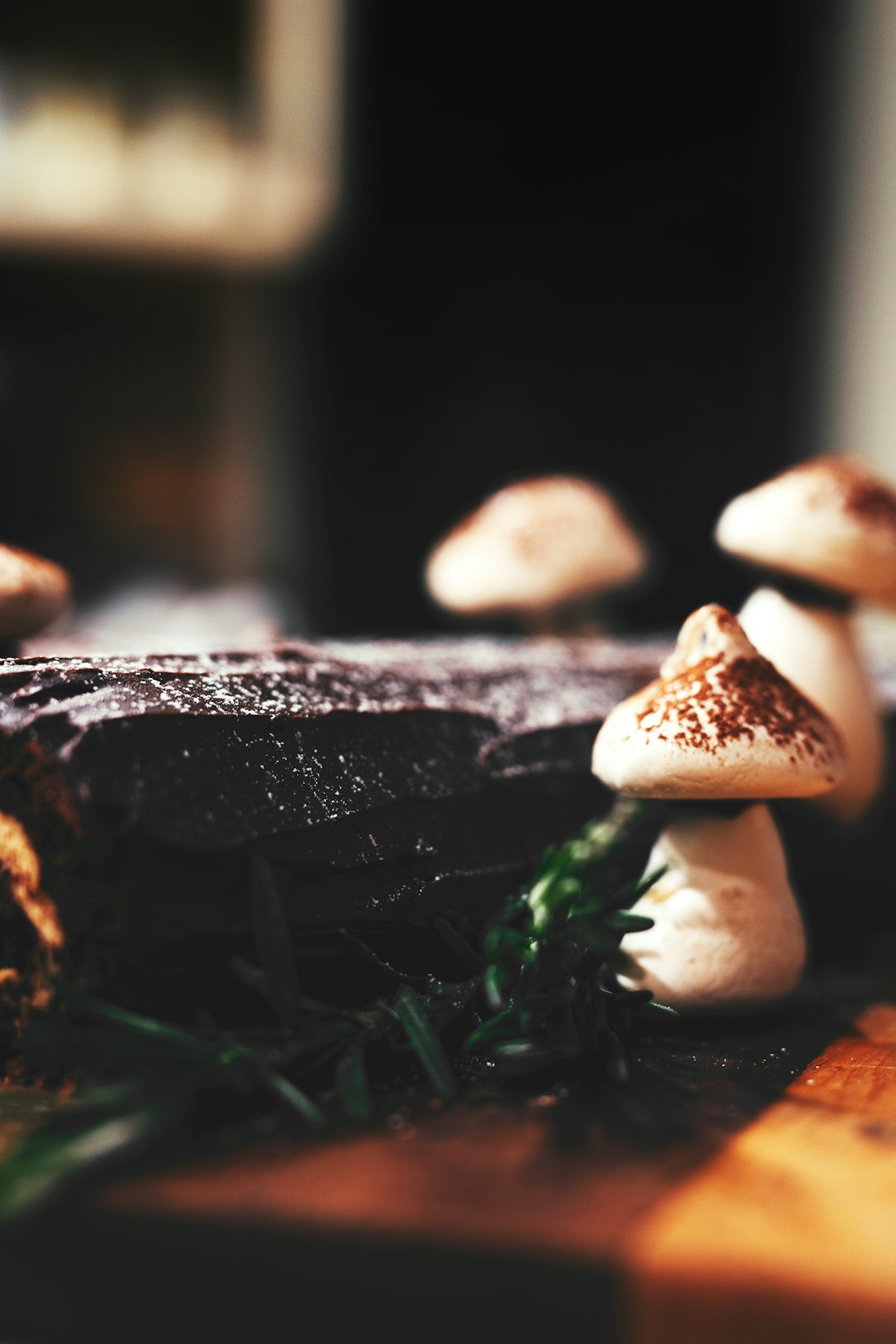Berries, with their vibrant colors and sweet - tart flavors, are a delightful addition to any diet. However, to truly savor these little gems at their best, a bit of extra attention is required. In this guide, we'll walk you through the steps of choosing, cleaning, and storing berries to ensure you get the most out of every bite.
Choosing the Right Berries
When it comes to selecting berries, freshness is key. Start by examining the container. Whether you're at the grocery store or a farmers' market, look for containers that are free of mold or excessive moisture. Mold can spread quickly among berries, ruining the entire batch.
For strawberries, pick ones that are bright red from top to bottom. Avoid those with white or green tips, as they may not be fully ripe. The caps should be fresh and green, firmly attached to the fruit. Raspberries and blackberries should be plump and have a deep, rich color. They should come off the stem easily when gently tugged, indicating ripeness. Blueberries, on the other hand, should be a deep blue - purple color with a slight powdery bloom on the surface. This bloom is a natural sign of freshness.
Cleaning Your Berries
Berries are delicate, so it's important to handle them with care during the cleaning process. One common mistake is washing them too far in advance. Berries absorb water easily, which can cause them to become mushy and spoil faster. Instead, wait until you're ready to eat or use them.
To clean berries, fill a large bowl with cold water. Gently place the berries in the water and swish them around for a few seconds. This will help dislodge any dirt, debris, or insects. Then, use a slotted spoon to transfer the berries to a colander. Rinse the berries under a gentle stream of cold water to remove any remaining dirt. Pat them dry with a clean paper towel or a soft kitchen cloth. This step is crucial as excess moisture can lead to mold growth.
Storing Berries for Optimal Flavor
Proper storage is essential for maintaining the flavor and freshness of berries. If you're not going to eat them right away, store them in the refrigerator. But before putting them in the fridge, make sure they are completely dry. Place the berries in a shallow container lined with paper towels. The paper towels will absorb any excess moisture and help keep the berries dry.
For strawberries, you can leave the caps on to help preserve their freshness. Raspberries and blackberries are more delicate, so handle them gently when storing. Blueberries can be stored in their original container or transferred to a clean, air - tight container. Keep the container in the coldest part of the refrigerator, usually the back.
If you have a large quantity of berries and want to store them for a longer period, you can freeze them. Wash and dry the berries as usual. Then, spread them in a single layer on a baking sheet lined with parchment paper. Place the baking sheet in the freezer until the berries are frozen solid. Once frozen, transfer the berries to a freezer - safe bag or container. Frozen berries are great for smoothies, baking, and making sauces.
Using Berries in Recipes
Now that you know how to choose, clean, and store berries, it's time to enjoy them in delicious recipes. Berries are incredibly versatile and can be used in a variety of dishes. You can make a simple berry salad by combining different types of berries with a light vinaigrette. Or, top your morning yogurt or oatmeal with fresh berries for a healthy and flavorful start to the day.
For a more decadent treat, make a berry pie or a cobbler. The sweet - tart flavor of the berries pairs perfectly with a buttery crust. You can also use berries to make jams and jellies. These can be spread on toast, used as a filling for pastries, or served with cheese.
In conclusion, by following these steps for choosing, cleaning, and storing berries, you can enjoy their fresh, delicious flavor to the fullest. So, the next time you're at the market, pick up a container of your favorite berries and put these tips into practice. Your taste buds will thank you!

